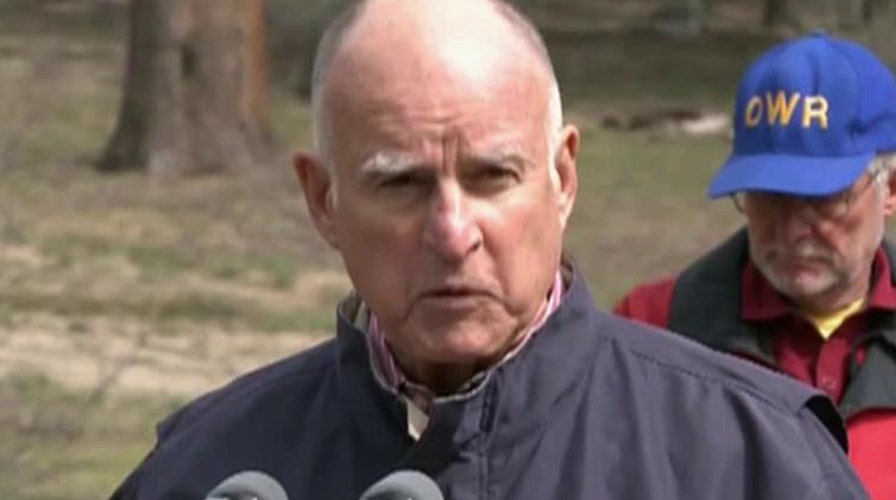Calif. gives patients 'right to die,' but no 'right to try'
Governor vetoes a bill that would give the terminally ill the option to try federally unapproved treatments
Former President Jimmy Carter recently announced he is now cancer-free. At a spry 91-years, the former president remains active, even continuing his service work with Habitat for Humanity.
Thanks to the marvels of modern medicine, he can expect to enjoy more good health and time with his family despite having just undergone cancer treatment for a second time.
While President Carter's restored health is cause for celebration, tens of thousands of other Americans with terminal illnesses will not have this happy ending. And federal laws bear some blame.
According to President Obama’s Council of Advisors on Science and Technology, it takes 14 years to bring a new drug to market in the U.S.— up from eight years in the 1960s. Even the so-called "accelerated approval" of drugs often works at a snail’s pace.
Consider Keytruda, the cutting-edge treatment credited with eliminating President Carter’s cancer. The FDA claimed it approved the drug in a matter of months. When we went back into the FDA records and calculated the actual time it took to approve the drug, from the filing of an Individual New Drug application to final approval, we found that it actually took years.
The FDA said it took 9 months and 13 days to first approve this treatment in 2014. But, in reality, the total approval time was 4 years, 8 months, and 25 days. How many Americans could Keytruda have saved during that four-year wait?
Promising new drugs are coming online too slow, especially for patients who have run out of options. But patients are finding a promising new avenue for hope in “Right to Try” laws that have been adopted in 24 states.
Under these laws, patients who have exhausted standard treatment options have the right, under the care of their physician, to try to save their lives with investigational treatments. To qualify, a drug must have completed basic safety testing and continue to be under study at the FDA. In practical terms, this means promising drugs like Keytruda—that eventually make it to market—can start helping patients and saving lives years sooner.
The FDA is a federal agency, so fixing this problem should be Congress’s responsibility. But for decades, gridlock in Washington has blocked a solution. Multiple bills have been introduced in Congress to expand access for terminal patients to drugs stuck in the FDA pipeline, but most have gone nowhere.
Seeing the inaction on Capitol Hill, the Cancer Treatments Centers for America (CTCA) came to us for help. They wanted to know if there was anything the states could do to help those dying from terminal diseases access innovative treatments that could save their lives.
Then CTCA CEO-Steve Bonner recalls, “I just asked the question: You’re talking about years and people with late-stage cancer don’t have years. So is there a possible exception we could carve out here for cancer patients?”
As I listened to Bonner and his colleagues, I immediately thought of my uncle Kenny. He died when I was about four years old from Hodgkin’s lymphoma—a form of cancer for which there are now multiple treatments with very high cure rates.
He was my father’s only brother, and I distinctly remember my dad saying, when I was growing up, that Uncle Kenny had died just months before a new treatment was approved. At that moment it hit me: If Kenny had been allowed to try that treatment earlier, my father might still have his brother, and my cousins might still have their father.
The idea that the federal government was standing in the way of people fighting for their lives was infuriating. It’s one thing for people to die because science has not come up with a treatment yet. It’s quite another for someone to die when a treatment exists, but a patient can’t get access to it because of governmental obstacles.
If Washington will not fix the problem, we will.

